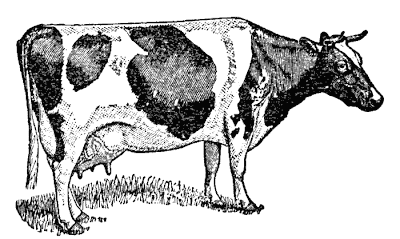What is an Idea? (part six)
 In part five, there began an exploration of how successful and skillful people in business or dharma teachers open others to new ideas that become interactive partnerships. In that way, others can choose to participate in understanding a holistic view of a specific situation as well as a, now shared, vision of its significance by a back and forth dialogue to establish understanding. This is a sophisticated, skillful, and empowering method to help others understand.
In part five, there began an exploration of how successful and skillful people in business or dharma teachers open others to new ideas that become interactive partnerships. In that way, others can choose to participate in understanding a holistic view of a specific situation as well as a, now shared, vision of its significance by a back and forth dialogue to establish understanding. This is a sophisticated, skillful, and empowering method to help others understand. I do not think it is such good strategy to pile education upon people by rote, a view shared by great education idealists such as the philosopher Rudolf Steiner, the founder of the Waldorf schools. We did a lot of rote learning in the Tibetan monasteries but presently I have other choices and this feels good. Memorization and rote learning are not as good as inviting capable others, (another discussion later about what that could mean), to have a shared vision based upon a valid and authentic model. It is very exciting work but also fraught with peril, as some modern students of Buddhism seek to tweak or change Buddhism into a palatable spirituality too soon.
That is a little bit about living dynamics and now we move on with a bit about philosophy. “Dignaga, an early Buddhist Indian philosopher, (c 480-540 CE) was an Indian scholar and one of the founders of Indian Buddhist logic. He was born into a Brahmin family and very little is known of his early years, except that he was of the Vatsiputriya school. This branch of Buddhist thought defended the view that there exists a kind of real personality independent of the elements or aggregates composing it.
Among Dignaga's works there is Hetucakra (The wheel of reason), considered his first work on formal logic, advancing a new form of deductive reasoning. It may be regarded as a bridge between the older doctrine of trairūpya and Dignaga's own later theory of vyāpti, a concept related to the Western notion of implication.
Other works include The Treatise on the Objects of Cognition (Ālambana-parīkṣā), The Treatise on Systems of Cognition (Pramāṇa-samuccaya), and The Treatise on the Correct Principles of Logic (*Nyāya-mukha), produced in an effort to establish what were the valid sources of knowledge.” ( Wikipedia)
Early Buddhist philosophy depended on showing that the Hindu philosophers were wrong because every one of them was Buddhist potential. Later the greatest adherents of Buddhism were ex-Hindu Buddhist scholars. Therefore, it was important for the early Buddhist scholars to debate the most influential and highest ranking Hindus and beat them soundly in logic.
“Born around the turn of the 7th century, Dharmakirti was a South Indian Brahmin and became a teacher at the famed Nalanda University, as well as a poet. He built on and reinterpreted the work of Dignaga, the pioneer of Buddhist logic, and was very influential among Brahman logicians as well as Buddhists. His theories became normative in Tibet and studied to this day as a part of the basic monastic curriculum.“ (Wikipedia)
They both were among the marvelous early Buddhist philosophers who caused Buddhism to expand. Dharmakirti had a disregard for the important Hindu concept of universals. Universals are, in the Hindu philosophy, non-corporeal and non-energetic general models. For example, a cow could not exist, nor could there be a way to recognize a cow as a cow because you have not seen that particular cow before. How do you know it is a cow? They said that there was a universal model for cow. In addition, the only way that you knew that was a cow was because of its “cowness.” You could apply “cowness” on the perception of a cow and say, “This is a cow.” Actually, when you start looking at it, you might start believing in universals too. Therefore, I say in advance, that Dharmakirti had good ideas in opposition to the Hindu philosophy and seeing phenomena as expressions of universals cannot stand up logically.
Within Western philosophy, “idea” can mirror the issue of earlier stated universals by referring to a transcendent entity that is the real pattern of which existing things are imperfect representations. This is commonly thought of as one of mans relationships to God, as an imperfect copy. So, you are not too far off from the Hindus. The cow exists as a therapeutic transcendent valuation justifying and bridging gaps in understanding how we perceive. The cow you might see before you, eating grass, cannot possibly be as good as the real cow, the real model. The ordinary cow could never approach the perfection of the actual cow in the transcendent. To be continued…..


Nice indeed the logic is a intersting subject to whom it matters as it is equally a bore to people who care nothing
ReplyDeleteThe Buddha thinking was as pointed out by the auther a timely warning given to the brahminical lerning. It can not be termed neither an alternative nor a new chapter in Indian traditional thoughts.
vasan